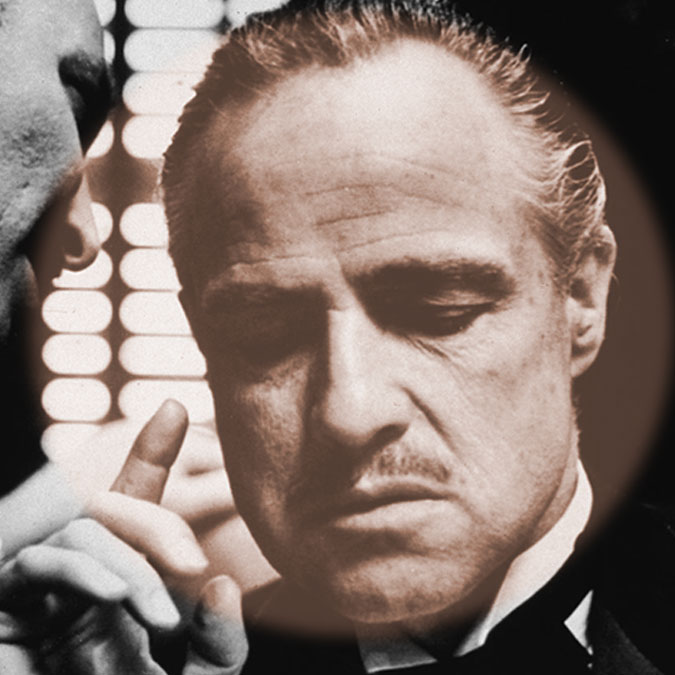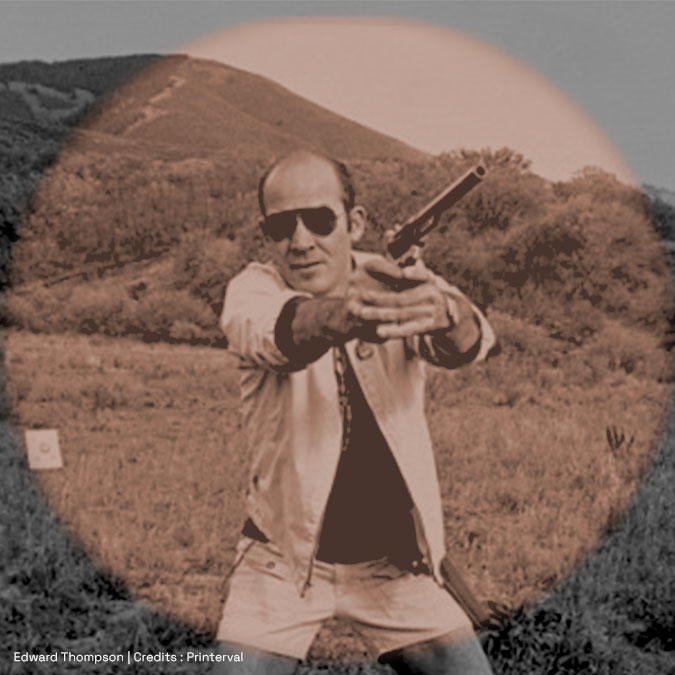Character transformations in fiction
Toolbox articles are shorter-form pieces that explore wider literary tropes, like point-of-view narrative and tense. Sign up to our newsletter to receive these articles direct to your inbox, before they’re published on the site.
Every good story you’ve ever read in a book, seen in a film or overheard in a bar includes a character transformation in one form or another. Humans love to be taken on a narrative journey. We want to see growth and/or decline. We want to bear witness to change.
In some instances, a character’s transformation is the central and most memorable part of the story. Consider Elizabeth Bennet in Pride and Prejudice or Holden Caulfield from The Catcher in the Rye. The transformation these characters go through from the start of the story to the end leaves a lasting impression on readers. It’s powerful and moving. It can make us cry. It can make us angry. It can make us feel relieved or disappointed.
Even when character transformation is not central to a piece of writing, it’s always present. Characters – whether they be main characters or secondary – have to constantly be changing; otherwise we, the reader, lose interest.
In this article, we’re going to look at a story where character transformation is very central to the plot in a way that I hope best explains the writing mechanics behind it, and why it’s so important.
Character transformation with Ebenezer Scrooge
Like I said, we’re looking at a story which I hope you all know, and a character who goes through one of the most famous transformations in literature.
Ebenezer Scrooge from A Christmas Carol by Charles Dickens.
Within the first two pages, Dickens gives us a pretty damning description of Scrooge. He paints him as a miserly old grouch. Or to quote from Dickens:
A squeezing, wrenching, grasping, scraping, clutching, covetous, old sinner! Hard and sharp as flint, from which no steel had ever struck out generous fire.
However, by the end of the story, Scrooge has done a complete U-turn. He’s magnanimous and euphoric, himself declaring that:
He sits down to write his newsletter. His fingers tremble with fear at the idea of no one liking what he writes.
And here’s how it would look in second person:
‘I am as light as a feather, I am as happy as an angel, I am as merry as a schoolboy. I am as giddy as a drunken man. A merry Christmas to everybody! A happy New Year to all the world.’
That’s quite the transformation. And if you didn’t know the story, you might find it difficult to believe. You’d probably say that something significant would have had to have happened to this Scrooge character for such a change to occur. And, of course, you’d be right.
As we know, Scrooge is visited by four ghosts: his deceased business partner, Marley; the Ghost of Christmas Past; the Ghost of Christmas Present; and the Ghost of Christmas Yet to Come. This nightly event is the book’s main plot, and it’s also when Scrooge goes through his transformation.
If we were to visualise that with a diagram, it would look something like this:
- [State of Scrooge] – Squeezing, wrenching, grasping, scraping, clutching, covetous, old sinner.
- [Event] – Visited by four ghosts
- [State of Scrooge] – Light as a feather, happy as an angel.
The event is important because it’s what triggers transformation in characters. In fiction (as in life, probably), no one goes through a significant change without a significant event to trigger it. And as readers, we need to see that event take place in order to believe the transformation. Equally, we need to see why a specific event triggers a specific change in character.
In the case of Scrooge and our small diagram above, we’re lacking detail. Yes, being visited by four ghosts on four consecutive nights is certainly enough to precipitate a change in someone. That, I find believable. But why would it necessarily turn a character from old curmudgeon to joyous philanthropist? Could it not equally turn Scrooge into an even more severe misanthrope?
Of course, Charles Dickens is a master storyteller and A Christmas Carol is an excellent book. We’re not left finding Scrooge’s transformation unbelievable because it happens piece by piece. Each time one of the ghosts visits, Scrooge changes a little bit. It’s a series of incremental shifts that lead us, the reader, to a complete and credible change.
With that in mind, let’s add a bit more detail to our character diagram for Scrooge.
- [State of Scrooge] – Squeezing, wrenching, grasping, scraping, clutching, covetous, old sinner.
- [Event] – Visited by deceased business partner, Marley.
- [State of Scrooge] – Disbelief and fear. Scrooge suspects that he must have dreamt the encounter, but he’s still scared of being visited by further ghosts, as was promised by Marley.
- [Event] – Visited by Ghost of Christmas Past.
- [State of Scrooge] – Sadness and regret. Seeing visions of his lonely childhood, beloved-but-now deceased sister and ex-fiancée, Scrooge is left full of despair about what could have been.
- [Event] – Visited by Ghost of Christmas Present.
- [State of Scrooge] – Guilty and regretful. Upon seeing the struggles of his employee Bob Cratchit and two starving children, Scrooge feels terrible that he has done so little to help those in need.
- [Event] – Visited by Ghost of Christmas Yet to Come.
- [State of Scrooge] – At first, horrified. Confronted with his own death and that of Tiny Tim, Scrooge is devastated at his own miserable fate. Until the ghost tells him that the future’s not set in stone and can be changed. Full of hope, Scrooge declares that he is as light as a feather, happy as an angel.
Ah, that’s better! I could show this diagram to someone who’s never heard of A Christmas Carol and they would instantly find Scrooge’s transformation far more believable. They would find it even more convincing if they read the book and noticed how many small shifts Dickens puts Scrooge through on a page-by-page basis.
The point that I’m trying to make here is that character transformations are a wonderful part of fiction. And whether a character’s transformation is a focal part of a story (as in the case of A Christmas Carol) or more subtle, it is vital to good writing. And it doesn’t happen by accident. The best writers have their characters go through small but constant changes, impacted by the story’s events. When done well, you probably won’t even notice the character changing until you look at how far they’ve come since the beginning of the story.
Try it at home
Think of one of your favourite characters in fiction. It can be the first one that comes to mind. What sort of transformation do they go through? How are they different at the end of the story versus at the beginning? What are the main events that trigger their transformation? How many events can you think of, and how does each one nudge the character along their overall transformation? You could even draw a diagram (like the one used above for Scrooge) to map out the character’s transformation.
Writers! You could try this exercise with your own work. Do your main characters go through significant change from the start of the story to the end? Is their transformation believable? Try mapping out all the events that impact your character and the changes they bring about.
Go a step further
‘Cathedral’ by Raymond Carver is one of the great short stories in literature, and it also features an intriguing transformation, as the main character goes from aggressive and close-minded to friendly and vulnerable. You can read our analysis by clicking here.



